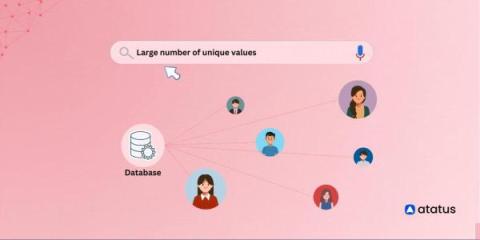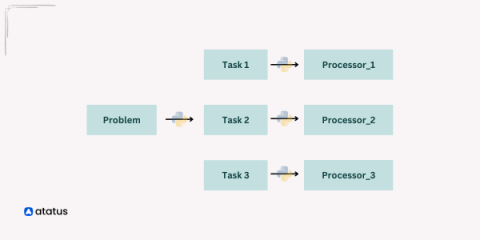Systems | Development | Analytics | API | Testing
Latest Posts
What is Swoole? Is it similar to Node.js?
Mastering PHP Configuration: A Deep Dive into php_value, php_admin_value, and php_flag Directives
Node.js Timeout Tactics: A Complete Handbook
What is High Cardinality?
Integrate Type Checking with Node.js using TypeScript: A Tutorial
9 Best Email API Services for Developers
Integrating Winston Logger in your Node.js Application
Winston Logger is one of the most popular logging libraries for Node.js. This library decouples the different aspects of logging, such as log levels, formatting, and storage, to make them independent and provide an array of different combinations. Additionally, you can implement logging in your application using Node.js streams to minimize performance impact. In this article, we are going to discuss how to install Winston Logger and use it for your Node.js application.
Java Garbage Collection - Manage your system's memory effectively
Have you ever wondered how computer programs manage their memory, like how they clean up after themselves to keep things running smoothly? what happens to all those blocks you are no longer using? This is where the role of the garbage collector becomes significant. Think of the garbage collector as a diligent assistant that recognizes tools you have finished using. It proceeds to carefully place these tools back into their storage, effectively reclaiming memory.
Guide to Parallel Processing in Python
Parallel processing in computers is like having an efficient team working on different parts of a task simultaneously. In traditional programming, tasks are executed one after the other, like solving a puzzle piece by piece. However, parallel processing divides the task into smaller chunks, and these chunks are handled simultaneously by multiple processors or cores. Python provides modules that allow programs to leverage multiple processor cores efficiently.











